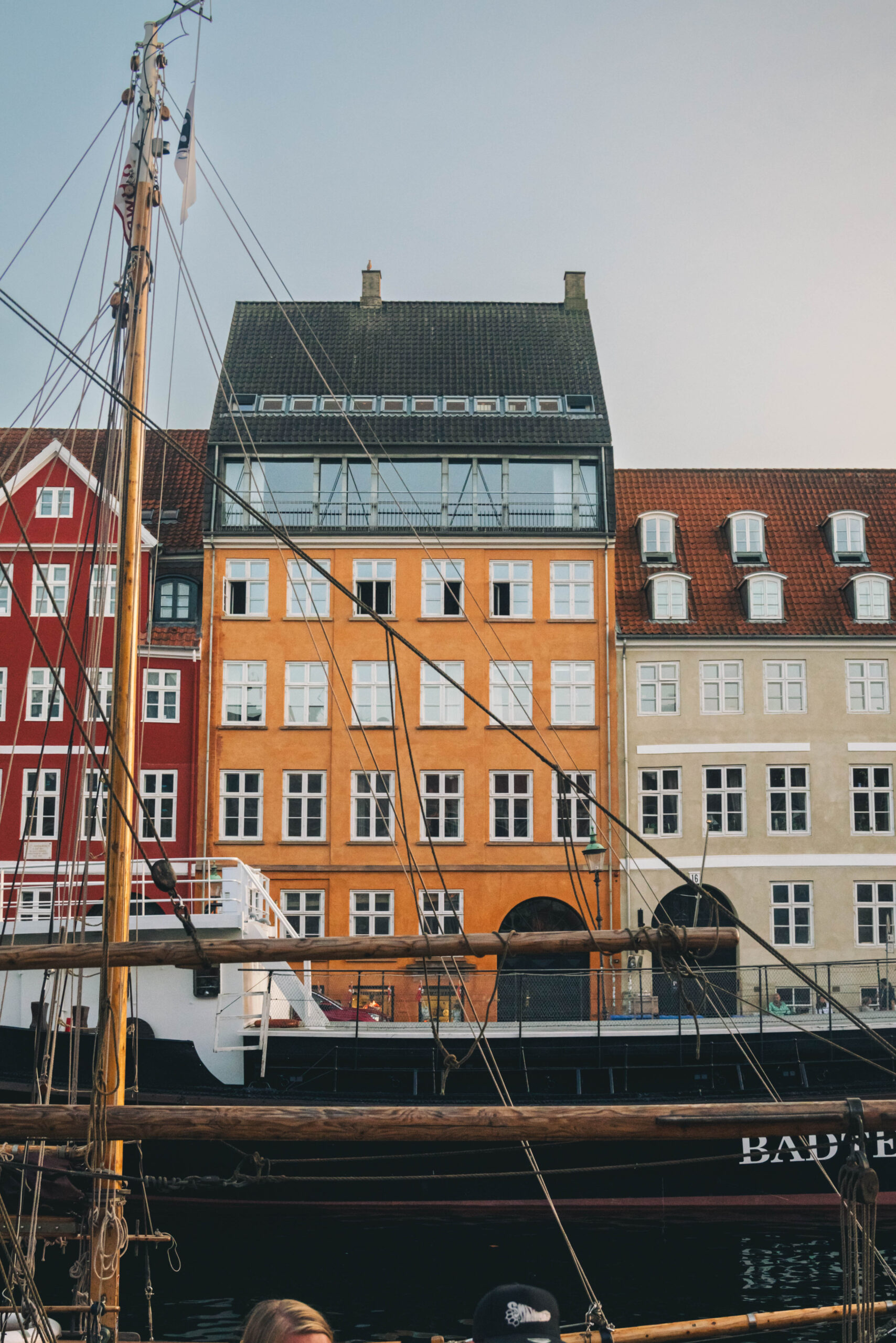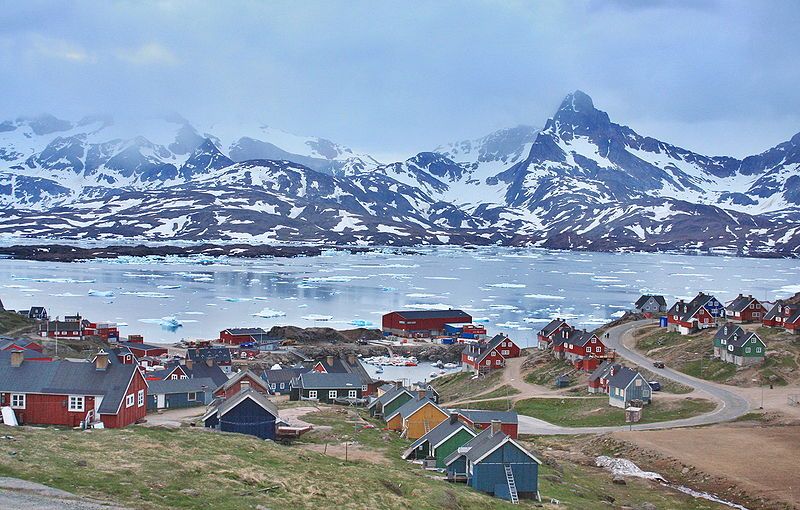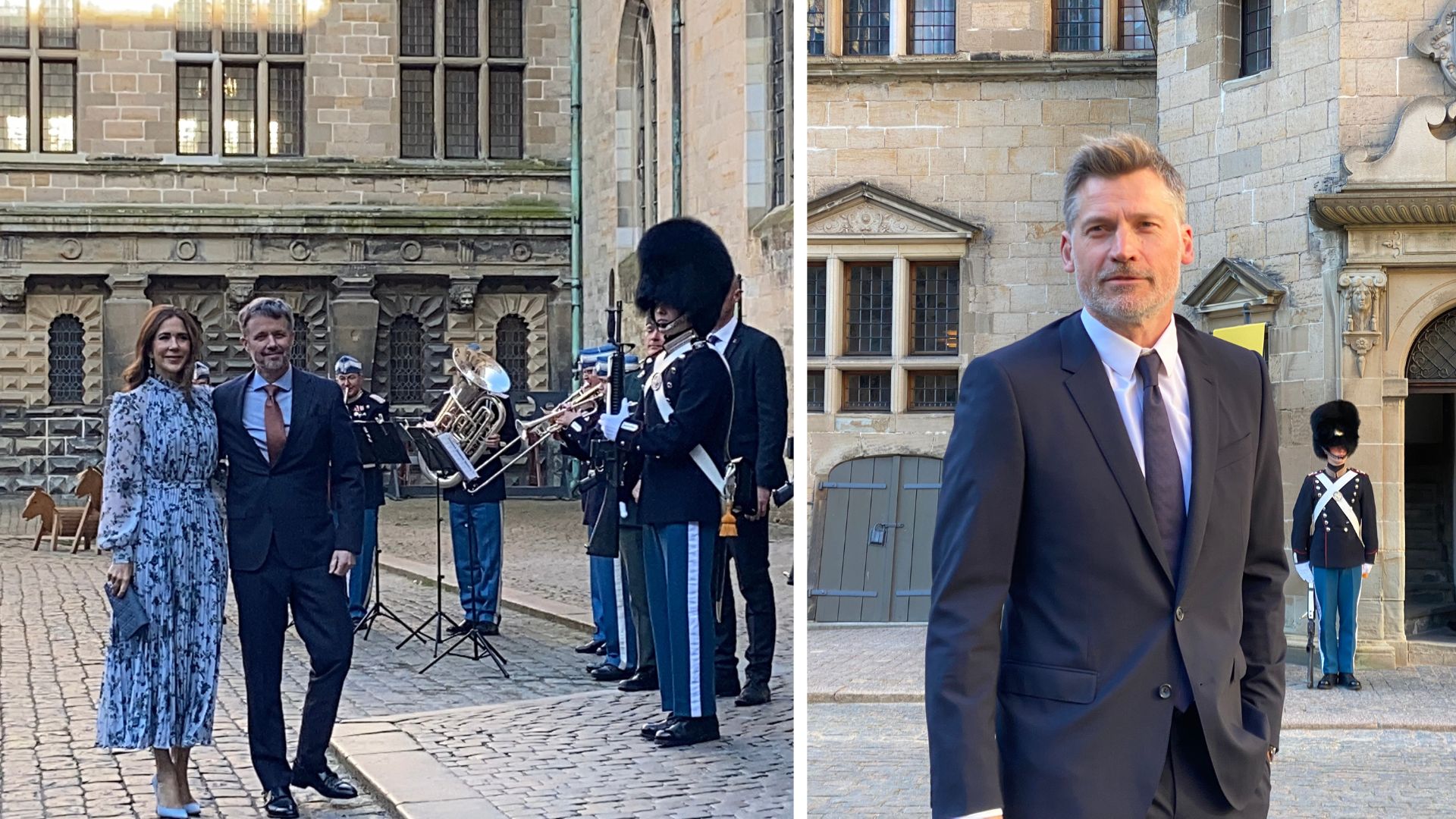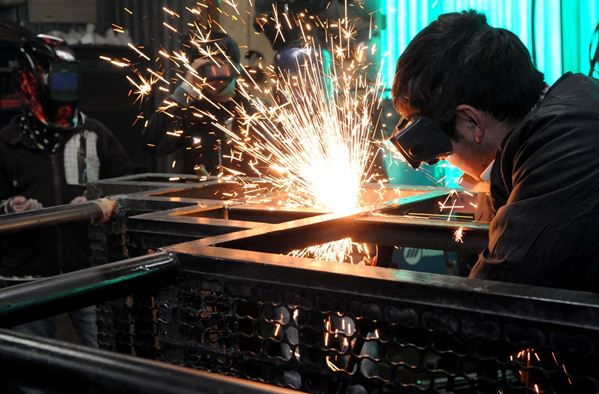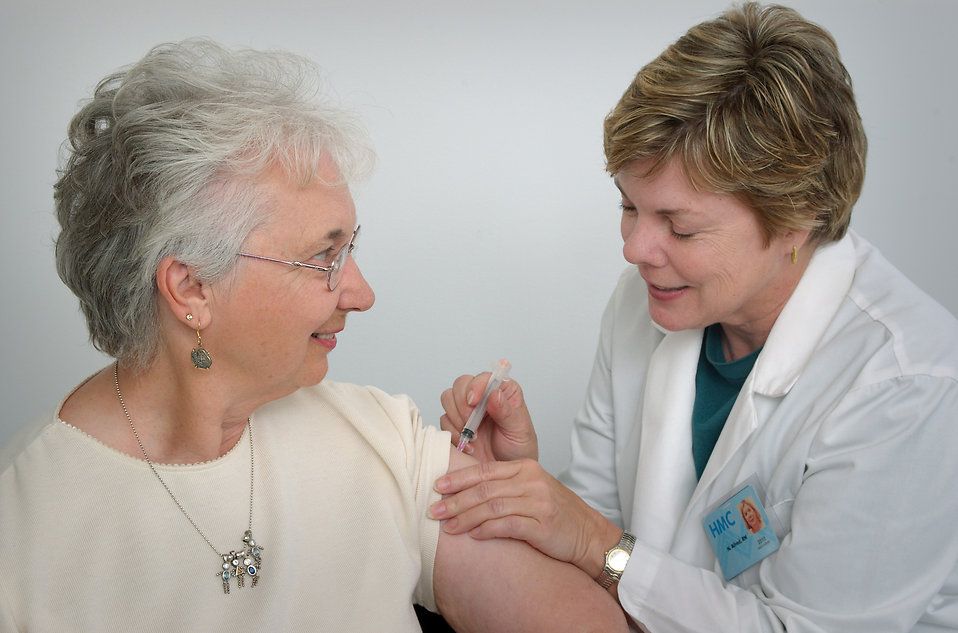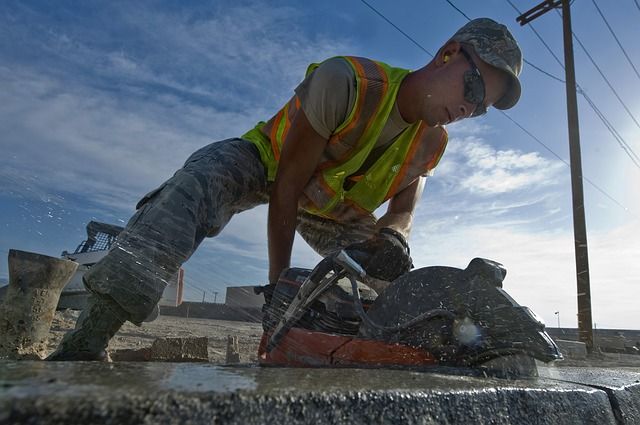The Scania region (called Skåne locally) is different from other parts of Sweden because it has been influenced more by the sea than the mountains. The patchwork quilt of yellow rapeseed and wheat fields coupled with farms and rolling hills remind one of nothing so much as Denmark – of which Scania was a part until 1658. Although the municipalities that make up Scania (as well as its name) date from the time of the Vikings, the incorporation that turned the area into a consolidated economic and tourism powerhouse happened very recently.
The completion of the Øresund Bridge between Malmö and Copenhagen in 2000 brought these two historically contentious neighbours closer together than ever – at least since Denmark lost control of the region in the 17th century. Nearly 10,000 cars cross the bridge on busy days, taking Swedes to Copenhagen and reintroducing their Danish cousins to cities like Malmö, Ystad and Lund.

Malmö, Sweden’s third-largest city, is by far Scania’s largest municipality; it has more than 250,000 residents, which is nearly three times more than Helsingborg, the next largest city. Once a major industrial centre, Malmö has worked hard to clean up its image, and it now regularly shows up on lists of the greenest cities in Europe. And since construction of the bridge, Malmö has undergone a major transformation to attract new biotech and IT companies. The city also has many historic buildings, parks and churches.

SCANIA
The area known as Scania (or Skåne) is often called ‘the Swedish Riviera’ for its lively beach scene and action-packed nightlife. People from all over the world come to Sweden to party in Scania during the summertime. When they arrive, they find not only an endless party, but also an area of subtle natural beauty that is rich in culture and history, both ancient and modern. Just a few kilometres away from the major, cosmopolitan city of Malmö, an organic farmer can be seen scything his hay by hand – no machines – the same way it has been done since time immemorial. A region filled with contrasts and the relaxed Swedish ‘live and let live’ attitude towards life, Scania has replaced some southern climes as a holiday destination among those who have discovered its quiet charms.

Danes walking around Ystad while waiting to catch their ferry to Bornholm will feel very much at home here. Ystad has managed to preserve many of the half-timbered houses that are common in Denmark, but have disappeared from much of the rest of Sweden. One of Ystad’s half-timbered houses, Pilgrändshuset, is the oldest such building in Scandinavia, dating from 1480.
The little town of Båstad features world-class tennis matches during the Catella Swedish Open and Collector Swedish Open for Women. These tournaments attract not only the biggest stars in tennis but also royalty, Hollywood movie stars and other celebrities. For a couple of glamour-filled weeks, there is flowing champagne, Brazilian music on the beach and common folk dancing with the glitterati.
For those who lean more towards nature, a walk through the pristine landscape of the Kullaberg Nature Reserve is ideal. Kullaberg offers fishing, bird-watching, diving and climbing in a magnificent environment that has been awarded three stars in the Michelin guide book. The dramatic mountain landscape attracts botanists, birdwatchers, divers and climbers alike. There are also several great walking trails throughout the area.
Scania is rich in history with many towns dating from the days of the Vikings. The region has 240 castles and country estates – more than any other province in Sweden. The area is also filled with churches: many are built in the traditional Scandinavian style, but there are also quite a few Gothic and Renaissance-era churches and cathedrals in places like Lund and Helsingborg.
From history and nightlife to white-sand, kid-friendly beaches, Scania offers something for everyone year round.

STAY
From four-star downtown hotels to quaint B&Bs way out in the country or along the shore, Scania can satisfy most tastes when it comes to accommodation. There are literally thousands of cottages of every size and shape available for rent during every season. Over 40 campgrounds and 100 youth hostels can also be found throughout the area.
OUR PICK
Many farmers in Scania rent out rooms or run B&Bs, which gives visitors the chance to experience the peace and tranquillity of bunking with hens, rabbits, cows and calves. Our favourite is the Ivö Kungsgård farm near Kristianstad. Dating from 1848, it offers large, comfortable rooms and access to a nearby lake (kungsgarden.org).

DO
Take a bike. Or a walk. Unlike much of mountainous Sweden, Scania’s gentle landscape lends itself to biking and hiking. Staying close to the ground also allows one to peek into nooks and crannies to discover out-of-the-way places that motorised travellers may miss – a tiny restaurant down a side road, a Swedish folk band playing at a seaside festival in a town so small it may not show up on the GPS, a shop selling hand-thrown ceramics that will look perfect back home.
OUR PICK
Not all island getaways are tropical. Hven is renowned for its natural beauty and extraordinary views of the Øresund Sound from the steep coastal cliffs of Backafallen. Hven is also home to a number of artists whose work is on display and for sale. After a round or two of golf, relax at the award-winning whisky bar in Backafallsbyn.

EAT
Mention Scania and many people immediately think of food. The area has a long history of delicious cooking and skilled chefs due to its plentiful supply of high-quality natural ingredients. Swedish herring, eel and goose are just a few examples of the rich variety of authentic dishes served at restaurants throughout Scania. And the growing number of new residents with roots from all over the world has created an influx of top-quality international cuisine.
OUR PICK
Scania grows much of the fresh produce in Sweden, especially apples. If you visit at the end of September, the Apple Market in Kivik will be in full swing. This two-day event is a huge festival celebrating apples that attracts some 20,000 visitors annually. You can sample different varieties of apples and cider, enjoy music and take guided tours of local apple factories.



